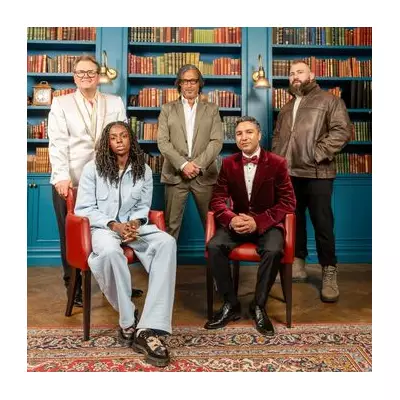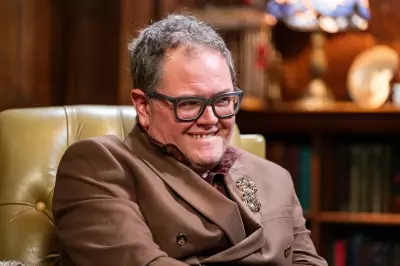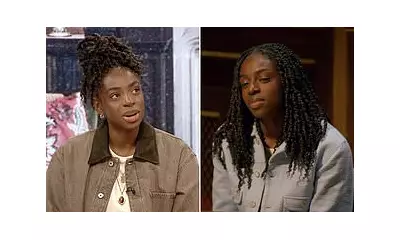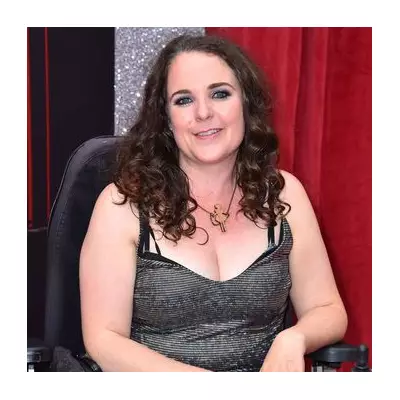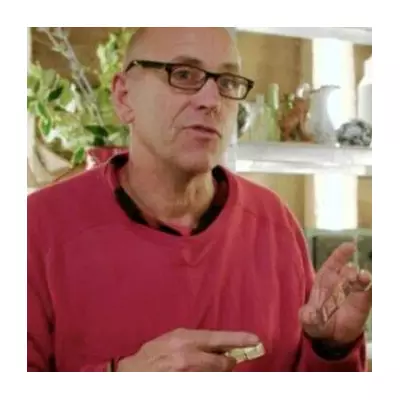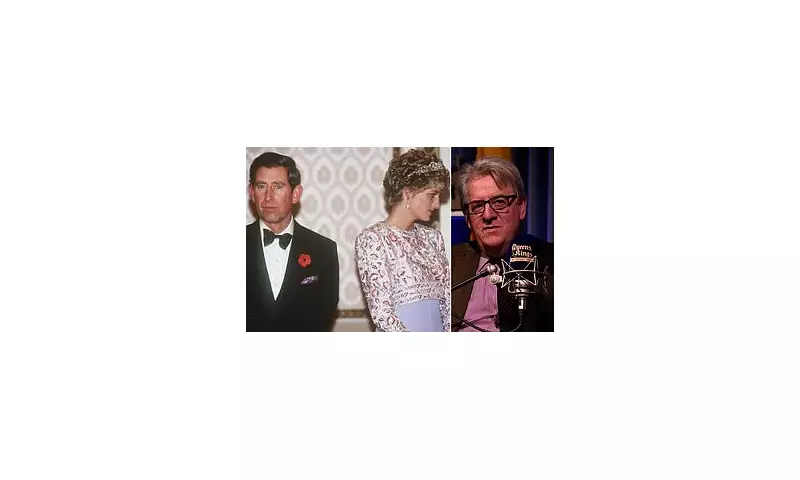
Renowned royal correspondent Robert Hardman has challenged long-standing narratives about the final overseas engagement undertaken by the Prince and Princess of Wales before their separation, asserting that their notoriously difficult tour of South Korea was not the definitive breaking point for their marriage.
The Infamous 1992 South Korea Tour
In November 1992, a young Robert Hardman was dispatched to Seoul for his inaugural foreign assignment as a royal correspondent. His task was to cover the four-day visit by Prince Charles and Princess Diana, a trip intended to honour British troops who had fought in the Korean War.
This official tour occurred during an intensely turbulent period for the royal couple. It came just months after the publication of Andrew Morton's explosive biography, Diana: Her True Story, which had laid bare the Princess's profound unhappiness and triggered a media frenzy that shadowed their every move.
Pushing Back Against 'The Glums' Narrative
Speaking on the Daily Mail's podcast, Queens, Kings and Dastardly Things, Hardman refuted the popular notion that this tour was 'the straw that broke the camel's back'. While he openly acknowledged that the journey 'wasn't easy' for the couple, he described the subsequent media coverage as 'unfair'.
'The tour was eye-opening for all sorts of reasons,' Hardman recalled. 'On the one hand, you had the royal soap opera. It was clear it wasn't an easy time for them. But I remember thinking, well done both of you - because this is pretty miserable and they were putting their best foot forward for the country.'
He highlighted a specific moment when the couple were photographed looking in opposite directions, appearing downcast. The press swiftly labelled them 'The Glums'. Hardman defended the couple, noting they were attending a solemn wreath-laying ceremony in a cemetery at the time.
'I remember one Palace press officer coming up and berating the press,' Hardman said. 'He said: 'What's all this stuff about the glums? They're in a cemetery - what do you expect? Cartwheels?''
The Real End of the Royal Marriage
According to Hardman's account, the actual catalyst for the separation was a far more mundane domestic dispute, typical of many couples heading for divorce. The critical incident occurred during a scheduled shooting weekend at Sandringham in late November 1992.
The event was planned as a large family gathering, with aristocratic families from across the country bringing their children. Charles and Diana were once again expected to present 'a united front' for the public and their own sons, William and Harry.
Hardman revealed the decisive moment: 'Diana said - actually, I am not going. I'm taking the boys elsewhere. Charles said - hang on, this whole weekend's been organised. And she just said no, I'm not doing it.'
'That was the moment when the couple thought, this can't carry on,' Hardman stated. 'It was then the separation was decided.'
This private decision became public knowledge shortly after. On 9 December 1992, Prime Minister John Major formally announced the couple's separation to Parliament, marking the official end of their marriage as a united royal front.
While the South Korea tour was indeed their final overseas engagement together and was undoubtedly conducted under a 'subtext of unhappiness', Hardman concludes it was not the event that brought the marriage to its final halt.

